- Choose the Right Soil
- Provide Adequate Sunlight
- Water Consistently
- Use Fertilizer Sparingly
- Monitor for Pests and Diseases
- Pest Identification
- Natural Pest Control
- Disease Prevention
- Proper Watering
- Record Keeping
- Early Intervention
- Prune Regularly
- Support the Seedlings
- Transplant with Care
- Choose the right time:
- Prepare the soil:
- Handle seedlings gently:
- Plant at the right depth:
- Water thoroughly:
- Protect from harsh conditions:
- Monitor and care for your seedlings:
- “Question-Answer”
- How often should I water my cucumber seedlings?
- What is the ideal temperature for cucumber seedlings?
- How deep should I plant cucumber seeds?
- Do cucumber seedlings need to be fertilized?
- How can I protect my cucumber seedlings from pests?
- When should I transplant my cucumber seedlings outside?
- How can I prevent diseases in my cucumber seedlings?
- “Video” Early Care Tips for Growing Cucumbers and Seeds vs Transplants: Trellising, Mulching, & Watering
Starting cucumber seedlings can be a rewarding experience for any gardener. The key to success lies in the care and attention given to these delicate plants during their early stages of growth. In this article, we will provide some useful tips to help ensure the development of high-quality cucumber seedlings.
1. Choose the right variety: Before starting cucumber seedlings, it is important to select the right variety that suits your needs and growing conditions. Consider factors such as the type (slicing, pickling, or specialty), resistance to diseases, and the expected harvest time.
2. Provide adequate light: Cucumber seedlings require plenty of light to grow strong and healthy. Place them in a location where they can receive at least 12 hours of direct sunlight or use artificial lights if natural light is limited.
3. Control temperature and humidity: Cucumber seedlings thrive in warm and humid conditions. Maintain a temperature of around 75°F (24°C) during the day and 65°F (18°C) during the night. Use a humidity dome or mist the plants regularly to keep the humidity levels high.
4. Water carefully: Proper watering is essential for the development of cucumber seedlings. Keep the soil consistently moist but not waterlogged. Water the plants from below or use a spray bottle to prevent overwatering and to avoid damaging the delicate seedlings.
5. Fertilize appropriately: Apply a balanced fertilizer or compost to provide the necessary nutrients for the seedlings. Start fertilizing after the second set of true leaves appear and follow the recommended dosage on the packaging.
By following these tips, you can ensure the successful growth and development of cucumber seedlings, leading to a bountiful harvest of delicious and healthy cucumbers in your garden.
Choose the Right Soil
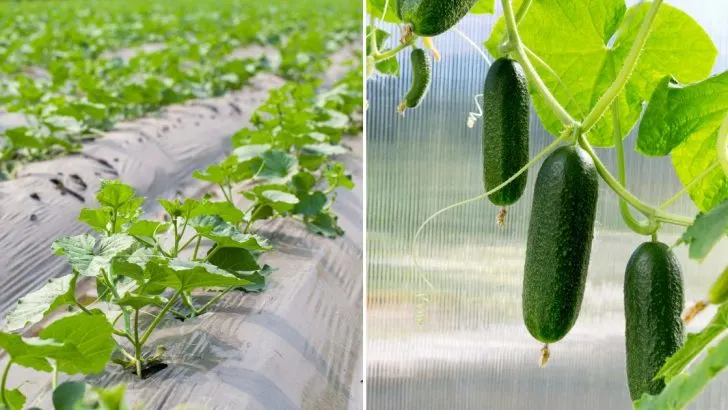
Choosing the right soil is crucial for the successful growth of cucumber seedlings. The soil should have certain characteristics that are beneficial for cucumber plants, such as good drainage and a balanced pH level.
Drainage: Cucumber plants require well-drained soil to prevent waterlogging, which can lead to root rot and other fungal diseases. Avoid using heavy clay soils that retain water. Instead, opt for loamy or sandy soils that drain well.
pH Level: Cucumber plants prefer slightly acidic to neutral soil, with a pH range of 6.0 to 7.0. Test the soil pH using a soil testing kit and make necessary adjustments by adding lime to increase pH or sulfur to decrease pH, if needed.
Organic Matter: Adding organic matter, such as compost or well-rotted manure, to the soil before planting cucumber seedlings can improve its fertility and texture. Organic matter helps retain moisture, provides essential nutrients, and promotes beneficial microbial activity in the soil.
Nutrient Content: Cucumber plants require sufficient nutrients for healthy growth. Before planting, enrich the soil with a balanced slow-release fertilizer that contains nitrogen, phosphorus, and potassium. This will provide a steady supply of nutrients to support the development of strong and healthy cucumber seedlings.
Soil Sterilization: It is recommended to sterilize the soil before planting cucumber seedlings to reduce the risk of soil-borne diseases and pests. This can be done by baking the soil in an oven at 180°F (82°C) for 30 minutes or by using a commercial soil sterilizer.
Container Gardening: If you are growing cucumber seedlings in containers, choose a high-quality potting mix specifically designed for container gardening. These mixes are typically well-draining and provide the necessary nutrients for healthy plant growth.
Remember that the quality of the soil plays a significant role in the overall health and productivity of cucumber seedlings. By selecting the right soil and providing appropriate care, you can ensure the successful growth of high-quality cucumber plants.
Provide Adequate Sunlight
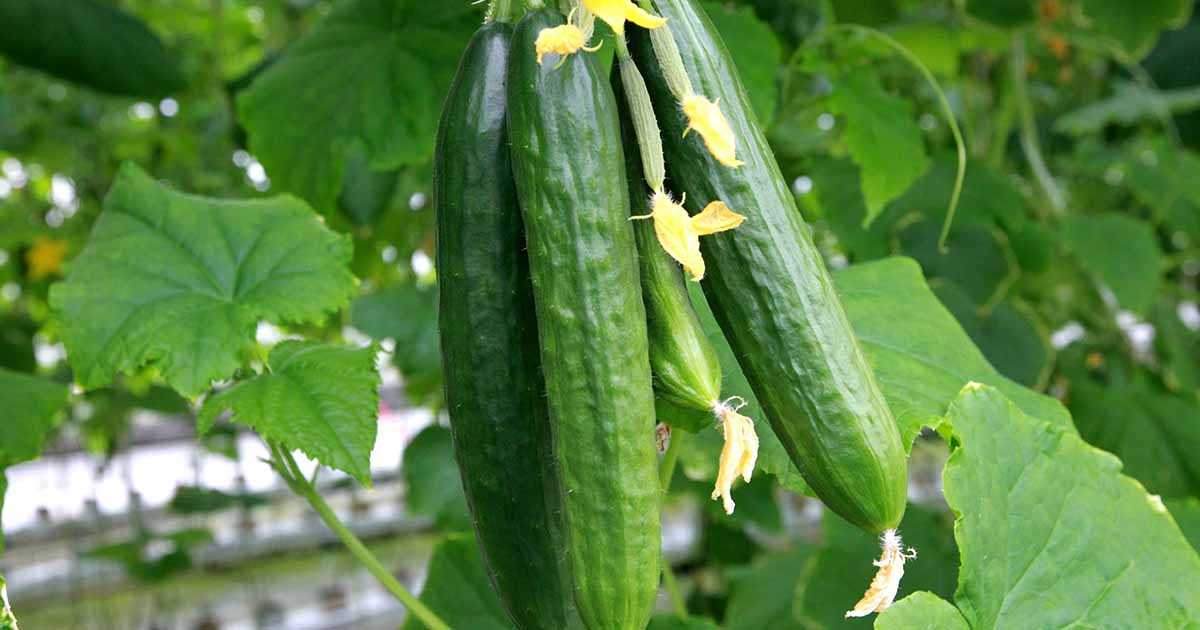
Cucumber seedlings require adequate sunlight to grow and develop properly. Sunlight is essential for photosynthesis, which is the process by which plants convert light energy into chemical energy to fuel their growth. Here are some tips for providing adequate sunlight to your cucumber seedlings:
- Choose a sunny location: Place your cucumber seedlings in a spot that receives at least 6-8 hours of direct sunlight per day. This will ensure that they get the necessary light energy for their growth.
- Positioning: If you are growing your cucumber seedlings indoors, place them near a south-facing window where they can receive maximum sunlight throughout the day. Alternatively, you can use grow lights to supplement natural sunlight.
- Rotate: If your cucumber seedlings are grown outdoors, rotate them every few days to ensure that all sides receive equal amounts of sunlight. This will prevent them from leaning or bending towards one direction.
- Protect from excessive heat: While cucumber seedlings need sunlight, they can also get sunburned if exposed to intense heat for prolonged periods. Use shade cloths or apply a light layer of mulch around the base of the seedlings to protect them from excessive heat.
- Monitor: Regularly monitor your cucumber seedlings for signs of sunburn or stunted growth. If you notice any issues, adjust their exposure to sunlight accordingly.
By providing adequate sunlight to your cucumber seedlings, you will ensure that they grow healthy and produce high-quality cucumbers.
Water Consistently
Cucumber seedlings need consistent watering to ensure healthy growth and development. Here are some tips on watering cucumber seedlings:
- Provide regular watering: Cucumber seedlings should be watered regularly, especially during dry periods. Water them every 2-3 days or as needed to keep the soil evenly moist.
- Avoid overwatering: While cucumber seedlings require consistent watering, it’s important not to overwater them. Overwatering can lead to root rot and other diseases. Make sure the soil is moist but not waterlogged.
- Water at the base: When watering cucumber seedlings, it’s best to moisten the soil around the base of the plants rather than watering the foliage. This helps prevent the spread of fungal diseases and ensures that the roots receive the necessary hydration.
- Use a watering can or drip irrigation: To provide consistent and controlled watering, consider using a watering can or drip irrigation system. These methods allow you to direct the water to the base of the seedlings without wetting the foliage excessively.
- Water in the morning: Watering cucumber seedlings in the morning allows the foliage to dry before evening, reducing the risk of fungal diseases. Additionally, watering in the morning ensures that the plants have enough moisture to withstand the heat of the day.
- Monitor soil moisture: Regularly check the soil moisture levels around the cucumber seedlings. Stick your finger about an inch into the soil, and if it feels dry, it’s time to water. Monitoring the soil moisture helps prevent under or overwatering.
By watering cucumber seedlings consistently and following these tips, you can promote healthy growth and increase the chances of producing quality cucumbers.
Use Fertilizer Sparingly
Applying fertilizer to your cucumber seedlings is an important step in ensuring their healthy growth and development. However, it is important to use fertilizer sparingly to avoid harming the young plants.
1. Choose the right fertilizer: Select a balanced fertilizer that is specifically formulated for vegetable plants. Look for one with a ratio of nitrogen (N), phosphorus (P), and potassium (K) such as 10-10-10 or 14-14-14. This will provide the necessary nutrients for your cucumber seedlings.
2. Follow package instructions: Read the instructions on the fertilizer package carefully and follow them closely. The manufacturer will provide guidelines on how much fertilizer to use and how often to apply it. Do not exceed the recommended dosage as it can burn the seedlings or cause nutrient imbalances.
3. Apply during transplanting: When transplanting your cucumber seedlings into larger containers or the garden, mix a small amount of fertilizer into the soil. This will give the seedlings an initial boost of nutrients to support their growth.
4. Use a diluted solution: If you decide to use liquid fertilizer, dilute it according to the manufacturer’s instructions. Applying a concentrated solution can lead to nutrient burn and damage the seedlings.
5. Top-dress sparingly: Once the seedlings have established themselves, you can apply a small amount of fertilizer as a top dressing around the base of the plants. Use a fork or your hands to gently mix it into the top layer of soil.
6. Monitor plant response: Keep an eye on your cucumber seedlings after applying fertilizer. If you notice any signs of burning, such as brown or yellow leaves, reduce the amount of fertilizer or discontinue its use for a while.
Remember, it’s better to under-fertilize than to over-fertilize your cucumber seedlings. With proper care and just the right amount of fertilizer, you can ensure healthy and robust plants that will yield a bountiful cucumber harvest.
Monitor for Pests and Diseases
Monitoring your cucumber seedlings for pests and diseases is crucial to ensure their health and quality. By staying vigilant and taking immediate action, you can prevent potential damage and ensure a successful harvest.
Pest Identification
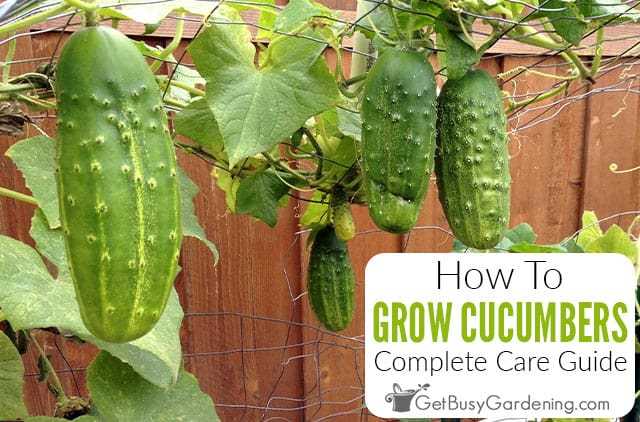
Learn to identify common pests that can affect cucumber seedlings, such as aphids, spider mites, cucumber beetles, and whiteflies. Regularly inspect your plants for any signs of infestation, such as yellowing leaves, wilted stems, or visible insects.
Natural Pest Control
Consider using natural pest control methods, such as introducing beneficial insects like ladybugs or lacewings. These insects feed on pests and can help keep their populations in check. Additionally, you can use organic sprays or soaps specifically designed to target common cucumber pests.
Disease Prevention
Monitor your cucumber seedlings for any signs of diseases, such as powdery mildew, bacterial wilt, or mosaic virus. Ensure good air circulation around your plants by spacing them properly and removing any weeds or debris that may harbor disease-causing pathogens.
Proper Watering
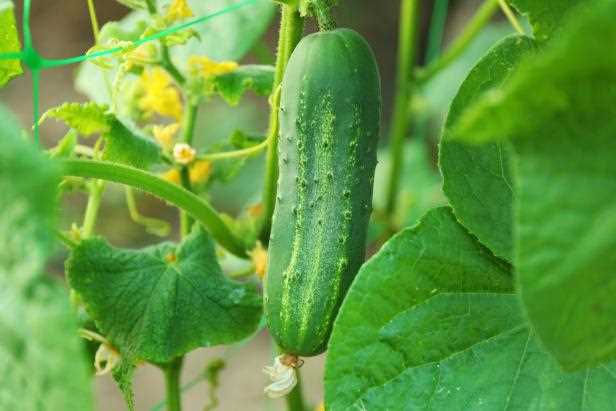
Avoid overwatering your cucumber seedlings, as excess moisture can create a favorable environment for diseases to thrive. Water your plants at the base, avoiding wetting the leaves, and use a well-draining soil mix to prevent waterlogged conditions.
Record Keeping
Keep a record of any pests or diseases you encounter throughout the growing season. This information will help you identify patterns and make informed decisions for future plantings. Additionally, it can assist you in determining the efficacy of different pest control methods.
Early Intervention
If you notice any signs of pests or diseases on your cucumber seedlings, take immediate action. Remove infected leaves or plants to prevent the spread of diseases and use appropriate treatments for pest control. Acting quickly can help minimize damage and increase the chances of a successful crop.
- Regularly inspect your cucumber seedlings for pests and diseases
- Learn to identify common pests and diseases
- Consider natural pest control methods
- Monitor air circulation and spacing
- Avoid overwatering
- Keep a record of pests and diseases encountered
- Take immediate action if pests or diseases are detected
Prune Regularly
Regular pruning is an essential practice for maintaining healthy and vigorous cucumber seedlings. Pruning helps to promote better air circulation, reduce the risk of disease, and improve overall plant quality. Here are some tips on how to prune cucumber seedlings effectively:
- Remove damaged or diseased leaves: Check the seedlings regularly and remove any leaves that show signs of damage or disease. This will help prevent the spread of infection and ensure the plant’s energy is directed towards healthy growth.
- Thin out overcrowded foliage: As cucumber seedlings grow, they can develop dense foliage. Thinning out the foliage by removing some of the leaves and branches will allow for better air circulation and light penetration, which can help prevent the development of fungal diseases.
- Pinch off lateral shoots: Cucumber plants often produce lateral shoots, also known as side branches or suckers. These shoots can divert energy away from the main stem and reduce fruit production. Pinch off these shoots when they are small and manageable to encourage vertical growth and maximize fruiting.
- Train the main stem: It is important to train the main stem of the cucumber plant to grow vertically or along a trellis. This helps to optimize space, increase light exposure, and improve the overall health of the plant. Use plant clips or ties to secure the main stem to the trellis or support structure.
- Remove tendrils: Cucumber plants produce tendrils that are used for climbing and support. However, these tendrils can also wrap around leaves and stems, potentially causing damage. Regularly remove any tendrils that are interfering with the plant’s growth or blocking light.
Remember that pruning should be done with clean and sharp tools to minimize damage to the plant. It is also advisable to prune early in the morning or late in the evening when temperatures are cooler to reduce stress on the seedlings. Following these pruning tips will help ensure that your cucumber seedlings grow into healthy and productive plants.
Support the Seedlings
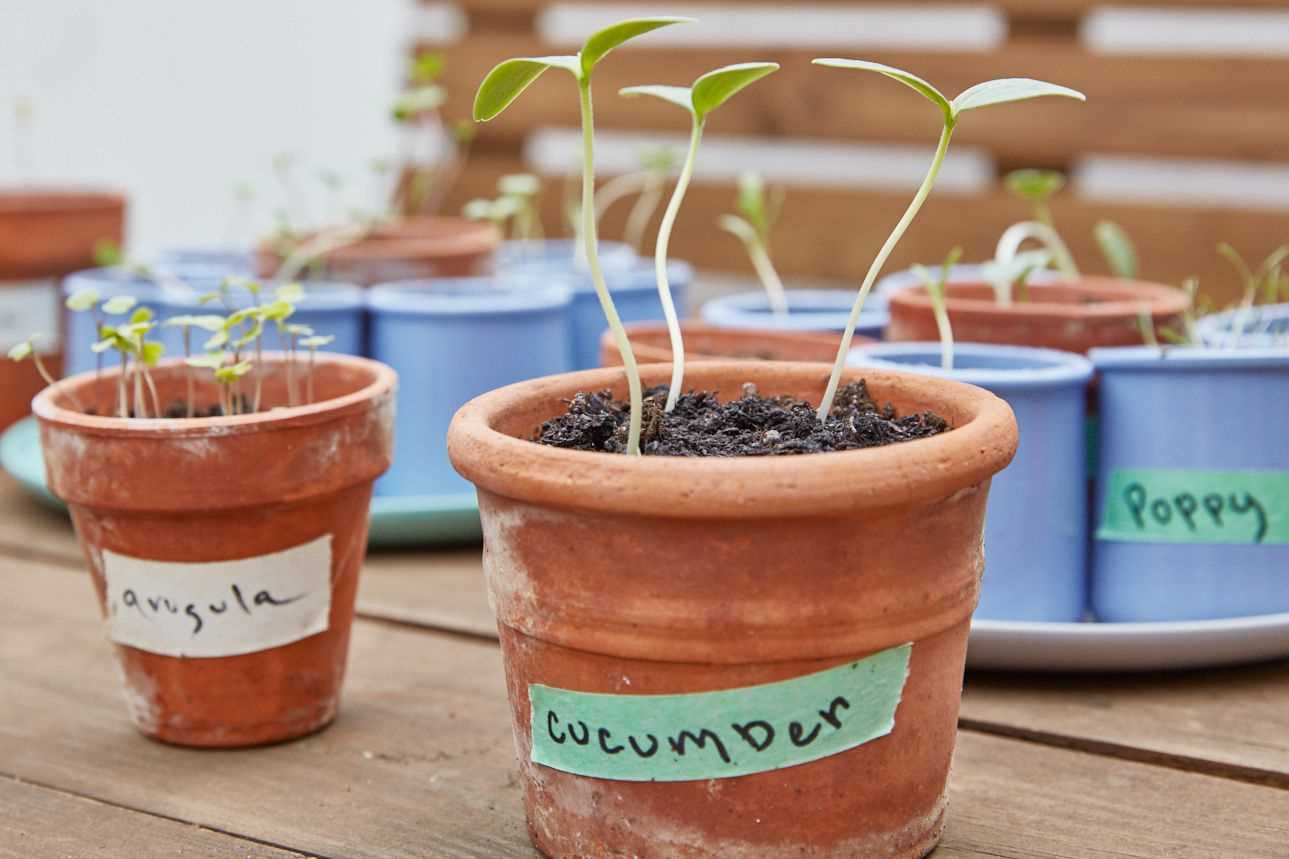
Proper support for your cucumber seedlings is essential for their healthy growth and development. Here are some tips to help you provide the necessary support:
- Stakes: Place stakes on either side of the seedlings and gently tie them up using soft twine or plant clips. This will help the seedlings grow upright, preventing them from bending or breaking.
- Cages: Another option is to use wire cages around the seedlings. This provides support from all sides and allows the cucumber plants to grow freely within the cage. Make sure the cage is tall enough to accommodate the height of the mature plants.
- Grids: You can also create a grid using bamboo stakes or wooden planks. This provides support and prevents the seedlings from sprawling on the ground. As the cucumber plants grow, gently guide the vines onto the grid to keep them trained and prevent tangling.
Regardless of the support method you choose, make sure it is strong and stable enough to withstand wind and rain. Regularly check the ties or fastenings to ensure they are not cutting into the stems as the seedlings grow. Avoid using materials that can cause damage or disease, such as wire that may cut into the stems or plastic ties that can trap moisture.
Transplant with Care
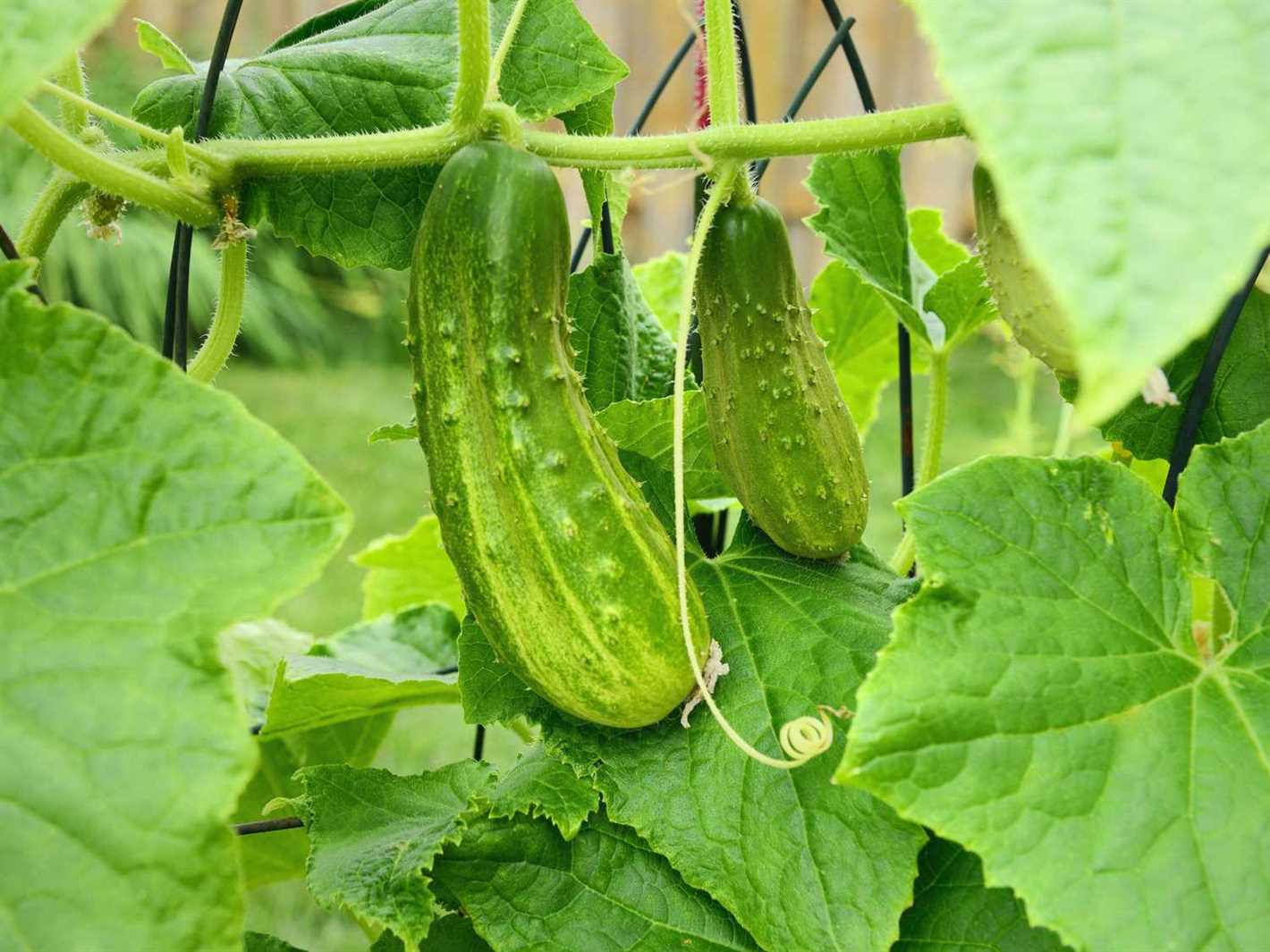
Transplanting cucumber seedlings is a critical step in ensuring their healthy growth and development. Here are some tips to help you transplant your cucumber seedlings with care:
Choose the right time:
Transplant your seedlings after the danger of frost has passed and the soil has warmed up. Ideal soil temperature for transplanting cucumbers is between 65°F and 75°F. This usually occurs when the weather is consistently warm, usually in late spring or early summer.
Prepare the soil:
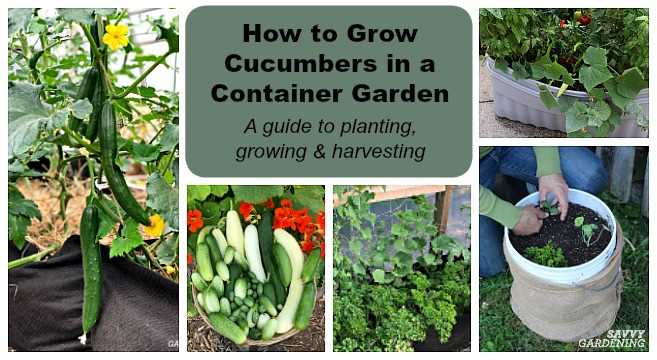
Before transplanting, make sure the soil is well-prepared. Remove any weeds or large rocks from the planting area. Loosen the soil and amend it with organic matter, such as compost or well-rotted manure, to improve its fertility, drainage, and water retention.
Handle seedlings gently:
When removing the seedlings from their containers, be careful not to damage their delicate roots. Gently press on the sides of the container, and if necessary, use a small tool to help loosen the seedling without disturbing the roots.
Plant at the right depth:
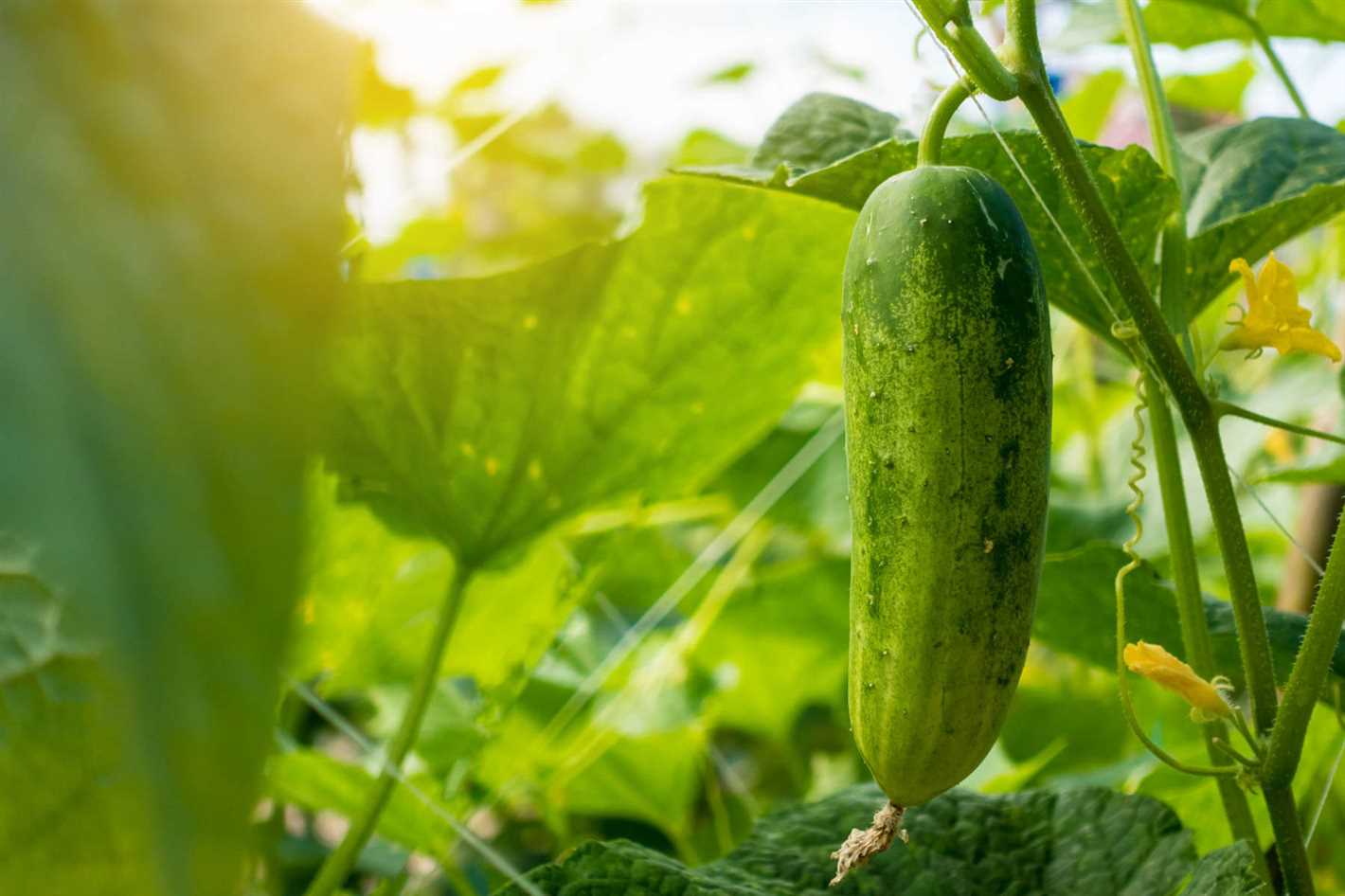
Dig a hole in the prepared soil that is deep enough to accommodate the entire root system of the seedling. The seedling should be planted at the same depth it was originally growing, up to the first set of true leaves. Firmly but gently press the soil around the seedling to secure it in place.
Water thoroughly:
After transplanting, water the seedlings thoroughly to help settle the soil around their roots and prevent drying out. Make sure to provide enough water to saturate the entire root ball and the surrounding soil.
Protect from harsh conditions:
If the weather is unusually hot or windy, consider providing shade or protection to the newly transplanted seedlings. This can be done by using shade cloth or placing a protective cover over the plants, such as a lightweight row cover or a plastic tunnel.
Monitor and care for your seedlings:
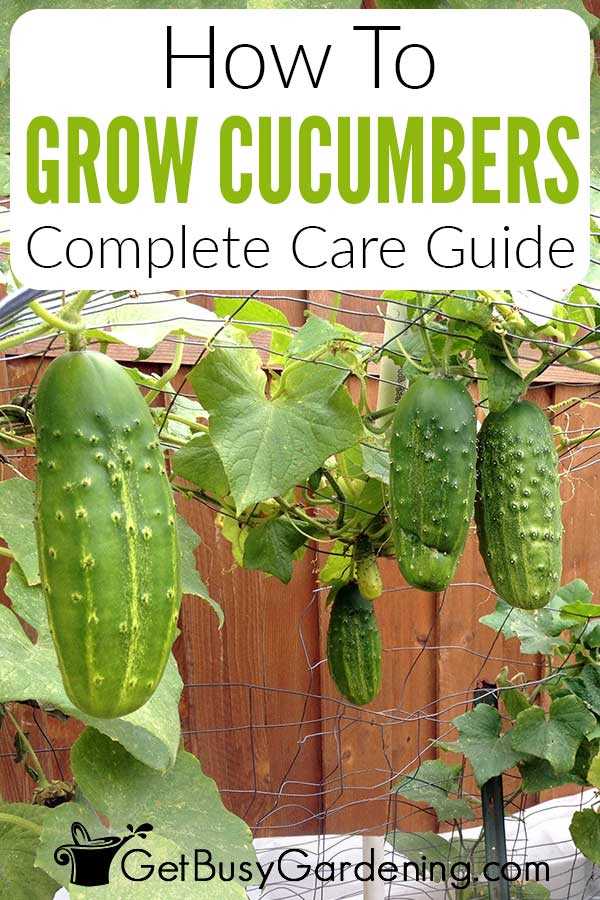
Keep an eye on your transplanted seedlings and provide regular care. This includes watering them regularly, keeping the soil evenly moist but not waterlogged, and protecting them from pests and diseases. Additionally, consider using a trellis or supporting structure to ensure the climbing cucumber plants have proper support as they grow.
By following these tips and transplanting your cucumber seedlings with care, you can give them the best chance for healthy growth and a bountiful harvest.
“Question-Answer”
How often should I water my cucumber seedlings?
Cucumber seedlings should be watered regularly, about once every 1-2 days. The soil should be kept moist, but not soggy. It is important not to over-water the seedlings, as this can lead to root rot.
What is the ideal temperature for cucumber seedlings?
The ideal temperature for cucumber seedlings is between 70-85°F (21-29°C). Cucumber plants thrive in warm weather, so it is important to keep the temperature within this range for optimal growth.
How deep should I plant cucumber seeds?
Cucumber seeds should be planted about 1 inch deep in the soil. This will provide them with enough depth to germinate and establish strong root systems. Planting them too shallow or too deep can hinder their growth.
Do cucumber seedlings need to be fertilized?
Yes, cucumber seedlings benefit from regular fertilization. It is recommended to use a balanced, organic fertilizer once every 2-3 weeks. This will provide the seedlings with the necessary nutrients for healthy growth.
How can I protect my cucumber seedlings from pests?
To protect cucumber seedlings from pests, you can use organic pest control methods such as companion planting, handpicking pests, and using natural insecticides like neem oil. It is also important to keep the garden clean and free of debris, as this can attract pests.
When should I transplant my cucumber seedlings outside?
Cucumber seedlings can be transplanted outside once the danger of frost has passed and the soil temperature is consistently above 60°F (16°C). This is usually around 2-3 weeks after the last frost date in your area.
How can I prevent diseases in my cucumber seedlings?
To prevent diseases in cucumber seedlings, it is important to provide good air circulation, avoid over-watering, and remove any infected plants or debris from the garden. It is also advisable to use disease-resistant cucumber varieties and practice crop rotation.







